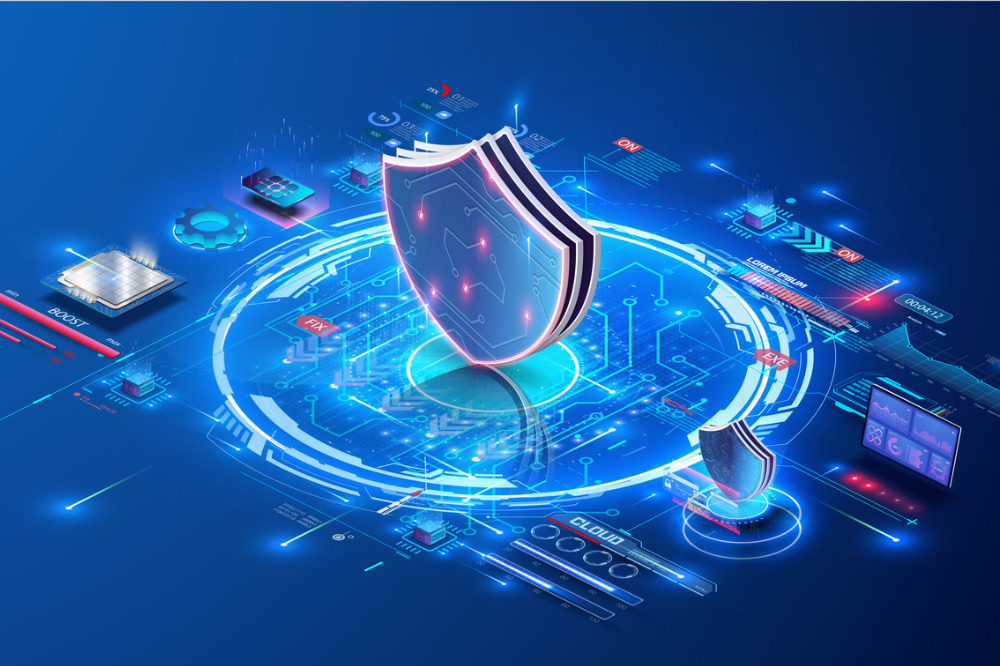How cyber insurance is stacking up against inflation

According to Natalie Haller, account executive – corporate division for Lawrie Insurance Group, the costs associated with responding to a data breach have “increased and necessitated an increased premium.” She noted how “the rates applied to cyber premiums are dependent on risk mitigation factors such as the use of multi-factor authentication – the cost to implement these tools have also increased due to inflation.”
It’s not just internal operations that have prompted an industry-wide shake-up – the perpetrators of cyberattacks have also been factored into the equation. Haller reveals how she has witnessed an “increased total random demand that can be tied to inflation. Hackers are requiring larger ransoms to offset their own personal costs,” suggesting that even the individuals enacting these data breaches are reacting to the current climate.
Another key factor to be mindful of is the growing increase in the frequency and severity of losses attached to cyber hacking. As these types of crimes become more commonplace in an age of near total digitization, Haller noted how “the amount of capacity any one insurer will deploy has decreased,” which may, unfortunately, result in some businesses not being able to access this type of insurance this year.
Cyber insurance – picking and choosing clients
Lily Jurkas, managing partner at Young Insurance Brokers Inc, has noticed how “companies are now beginning to pick and choose what clients they want to insure, as past histories become future forecasts, working either positively or negatively during a time of crisis. Also, the more accepted recourse of credit monitoring costs in the wake of a breach can also be particularly damaging.”
Nonetheless, investing in cyber insurance remains critical as business operations consistently shift and adopt new features. Interconnected IT infrastructures between two or more businesses have become more prevalent, which means an exposure to loss is more likely. Haller pointed out how “this is most evident in a data breach that shook up retail giant Target because of an independent HVAC contractor the company employed, illustrating the importance of both significant limits and controls.” Many service agreements have now been altered to include a requirement for a minimum level of cyber insurance to be in place.
As more and more specialized insurers enter the Canadian marketplace, the image and likeness of these companies has started to change. Haller stated how “businesses should look at their insurer not only as a safety net, but as a service provider.” For example, Coalition is now offering a vulnerability scan to all prospects, as well as access to security engineers for insureds. Additionally, Chubb is giving its clientele a one-year BitSight membership free of charge to help bolster IT security.
Both Haller and Jurkas agreed that consumer trust should always remain paramount when operating within the digital sphere.
“Your customers expect their data to remain secure,” the former noted, placing emphasis on the reputational blowbacks a business can incur if proper mitigation steps are not implemented with care.
“There needs to be a certain level of trust between a consumer and a company of any scale,” Jurkas emphasized. “Secure data storage is of utmost importance for necessary peace of mind during these unprecedented times.”
What are your thoughts on the state of the cyber insurance market? Leave a comment below.





